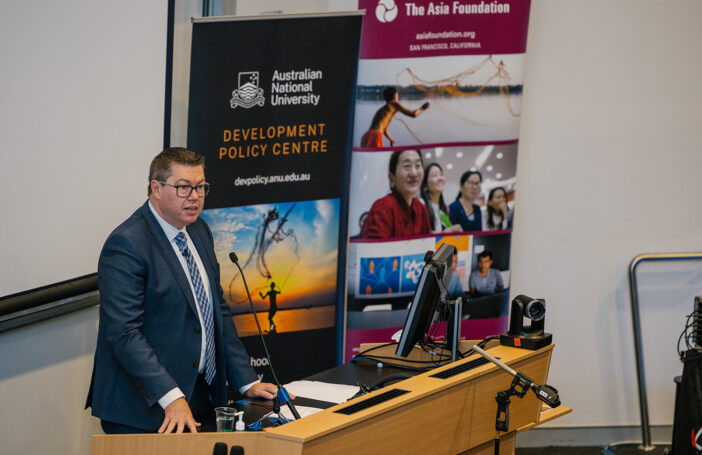Earlier this year DFAT held consultations with key stakeholders on how to best develop rigorous performance benchmarks for Australia’s aid program. The benchmarks “intend to link performance with funding, and to integrate the aid program with Australia’s broader foreign and trade policies”. A consultation paper was prepared by DFAT and the Government called for written submissions, with 36 submissions received, including our own, which have recently been made public.
The NGO sector made 13 submissions, with the most substantial being those from Save the Children and World Vision. (Note that ACFID has released its own discussion paper [pdf] on benchmarking that was not included as a submission.) While a lot of submissions discussed best practice within their own organisations, many made detailed recommendations for benchmarking of the aid program as a whole.
A further eight submissions came from international organisations, mostly from UN institutions, with the ADB and World Bank noticeably absent. This small number of submissions comes as a surprise considering the Australian Multilateral Assessment is a living example of how multilaterals might be assessed under a benchmarking process. Eight development contractors also contributed, most notably Coffey and KPMG. The final set of submissions comes from a collection of academic groups, individuals and one statutory authority (the Australian Centre for International Agricultural Research).
As with the Senate inquiry before it the submissions have much in common and, in particular, articulate many points of shared concern. While all stakeholders welcome further scrutiny of the aid program, and provide constructive advice (if not many recommendations for specific benchmarks), they also warn that:
- The objectives of Australia’s aid program must be clear before benchmarks can be set;
- Benchmarks must be based on a combination of qualitative and quantitative metrics;
- There must be a distinction between short-term and long-term objectives; and,
- Benchmarking must build on current systems.
What is most evident throughout these submissions is the sense of caution, particularly about linking performance to budget consequences. The submissions warn that at project level benchmarks may create perverse incentives to pursue simplistic outcomes that will be less likely to facilitate “the processes and interventions required to bring about significant economic and social change in otherwise fragile and complex settings” (Plan). At the country level the aid community argues that it is not just performance that influences the allocation of aid: diplomatic, historical, political and geographical factors must also be taken into account (and already are being taken into account by the present government). As for the aid program as a whole, most submissions suggest that a link between aid volume and overall program performance should only be an option once the aid budget begins to grow again in real terms.




